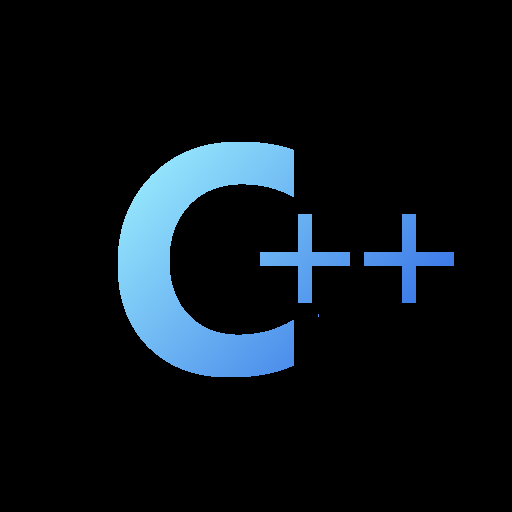

This will be useful if you are trying to let multiple people share your computer remotely. If you are trying to set up personal game streaming for one client at a time, try Moonlight and Sunshine (more mature, easier to setup, works on any hardware).








This has been a legal requirement by the government for a while, in order to combat counterfeit money. Many tools that work with images will complain about banknotes, even printers.
Also it’s not AI based and isn’t sending your image to a server. It’s checking for certain specific anti-counterfeit details of banknotes.